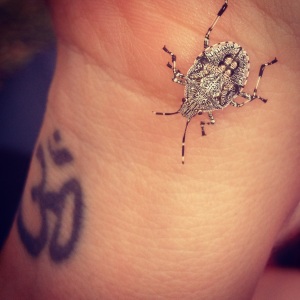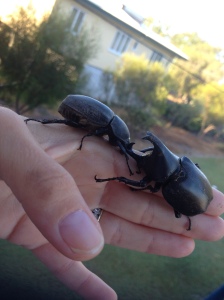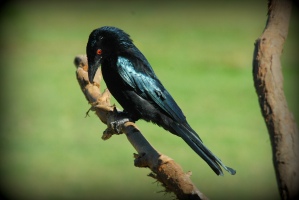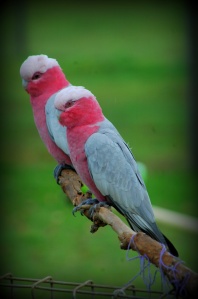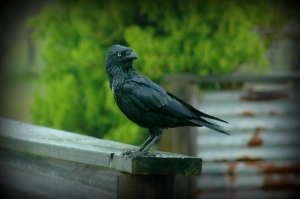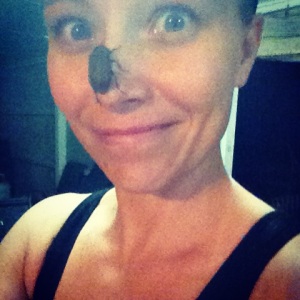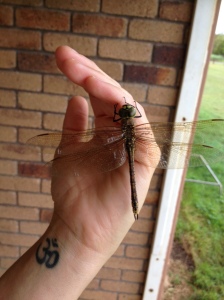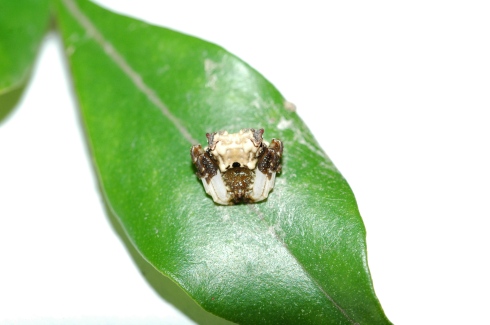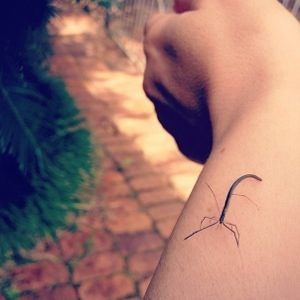In this part if Queensland, I don’t get to see many interesting, big insects. Not like the seemingly steroid-infused insects of the rainforest. But the other night this little beauty was buzzing around the back patio.
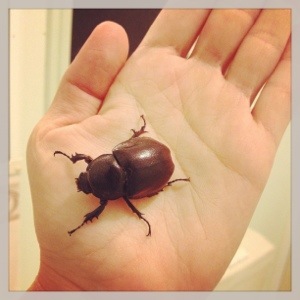
From inside the house it appeared to be a small bird or something. But I realised what it was as I opened the sliding door and passed my husband, who was heading the other direction.
The cool thing about these guys is they’re harmless, at least to us. If you were a male rhinoceros beetle it would be a different story. Male rhinoceros beetles use their horns to fight other males, knocking them off trees in pursuit of the females. Oddly, the information I’ve always read says males are seen quite a lot more than females. I can tell you I’ve seen exactly two males since coming to Australia. All the rest (quite a few) have been female.
The males are quite exquisite in their appearance. They’re also known as Elephant beetles.
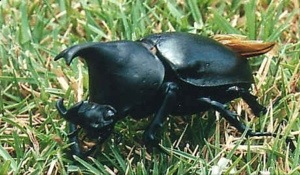
Photo credit: www.brisbaneinsects.com.au
There are over 300 species of rhinoceros beetle and some are just unbelievable to look at. They are among the largest of the beetles, with some reaching up to 6 inches in length. Aside from their size (which scares off most people) they make a hissing noise by rubbing their abdomen to their wing covers. It’s completely harmless but trust me, the first time you hold one and it does that, it scares you! HERE is a video of a hissing male.
As I’ve said before, I absolutely love large insects and this is one of my favourites to come across. They don’t mind being held and in fact can cling quite well to you with their claws.
And just because I like to make a statement, here is a picture of one of the largest Rhinoceros beetles in the world, the Hercules beetle. Found in Central and South America and Lesser Antilles.
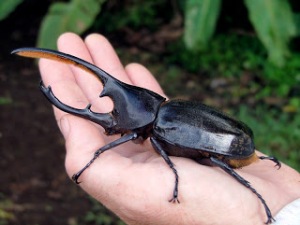
Photo credit: http://societyofbiology.blogspot.com.au
Tags: black bug with horn, elephant beetle, entomology, entomology blog, hercules beetle, postaday, rhinoceros beetle
